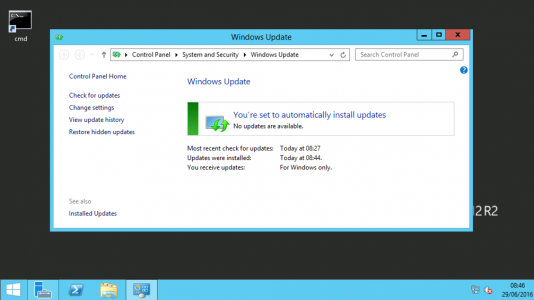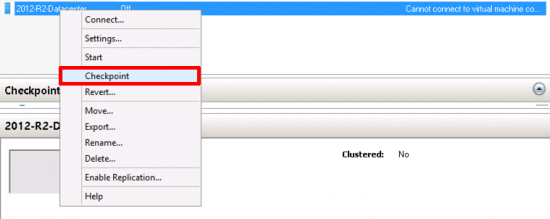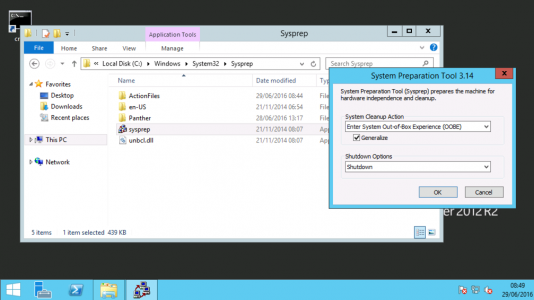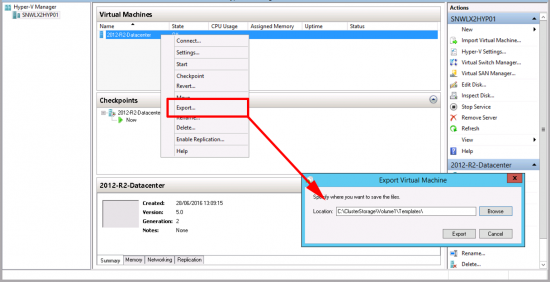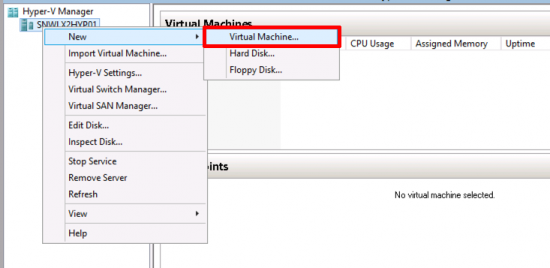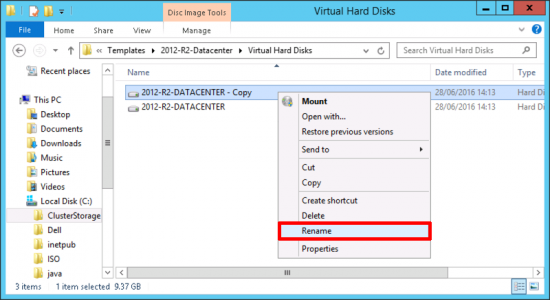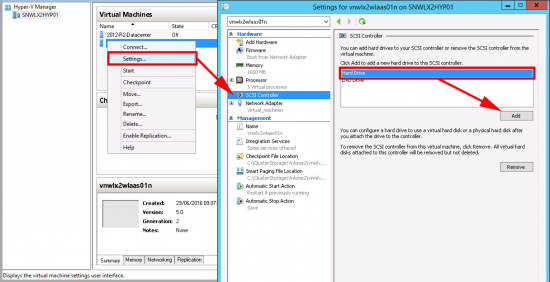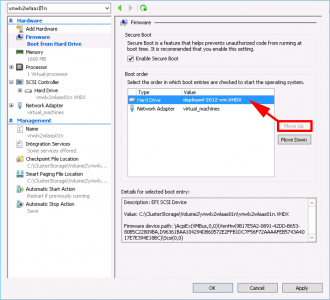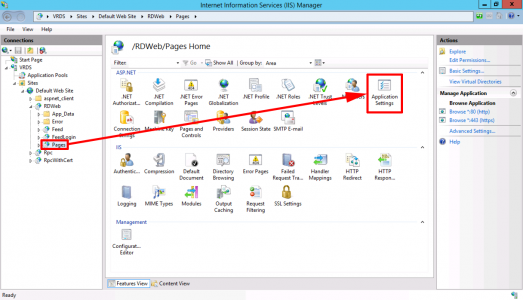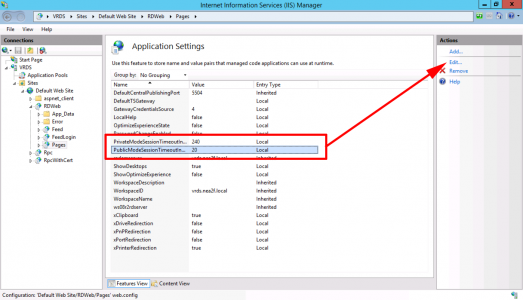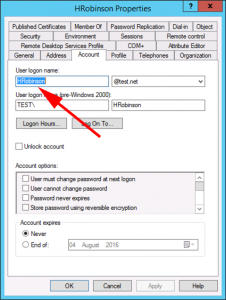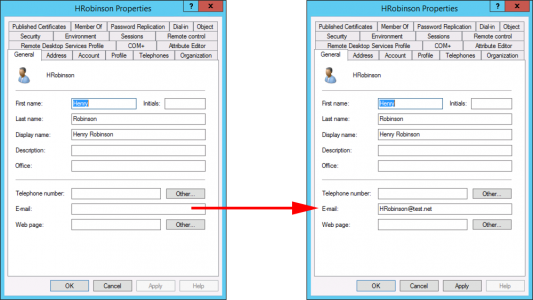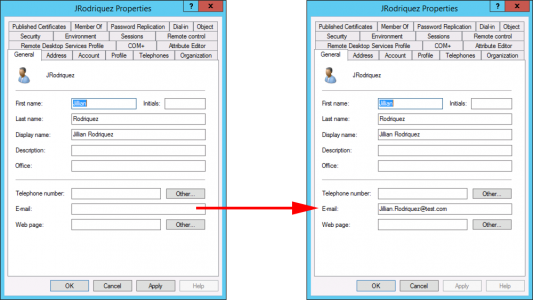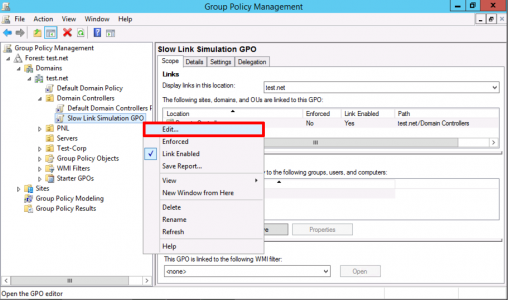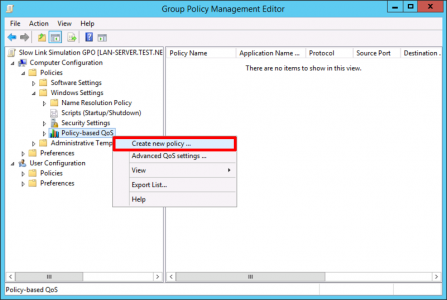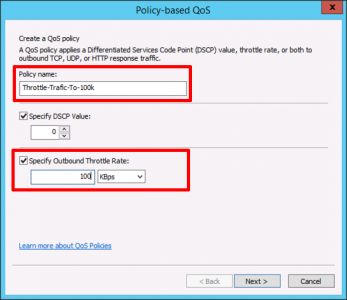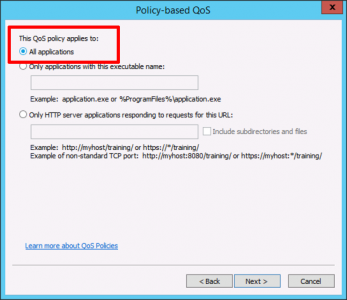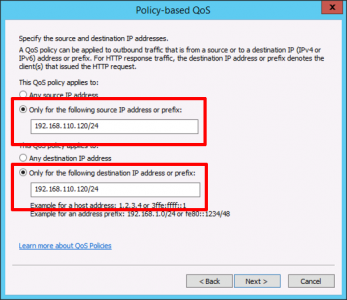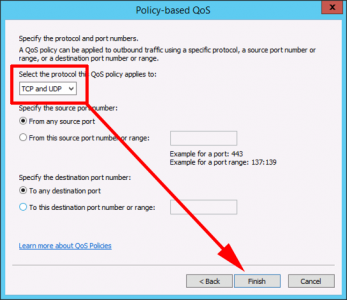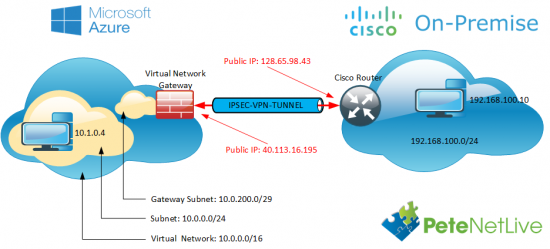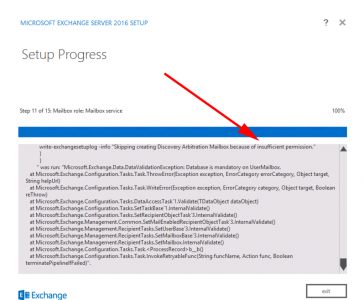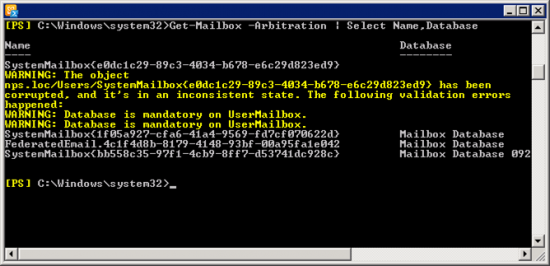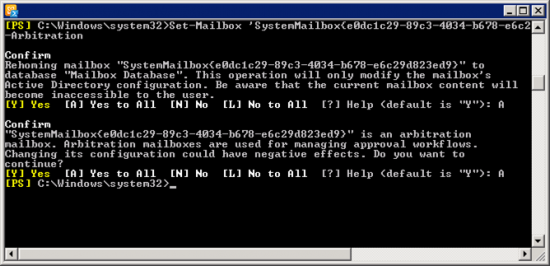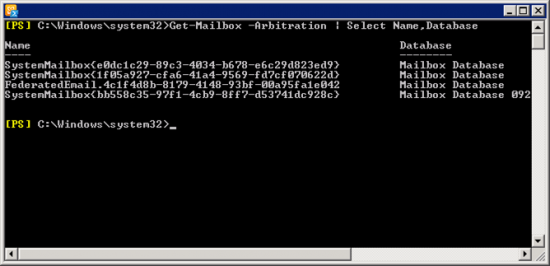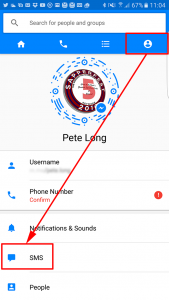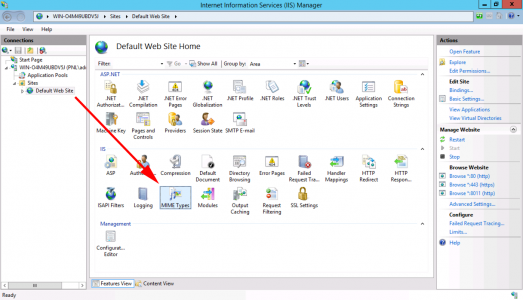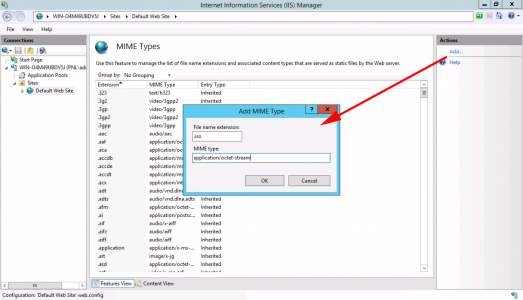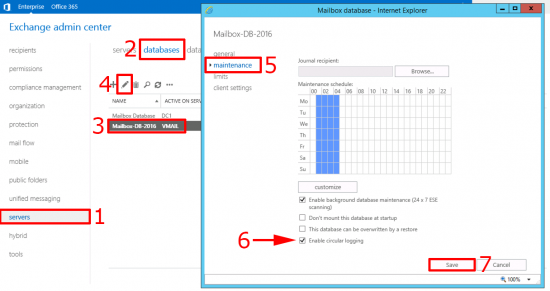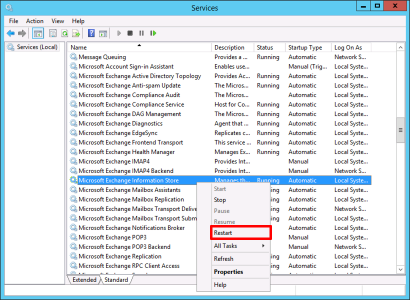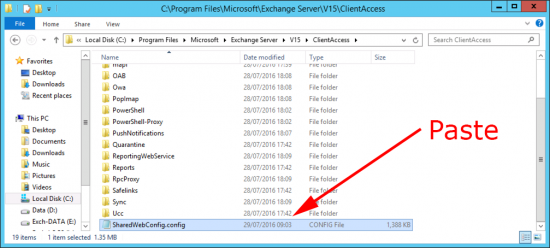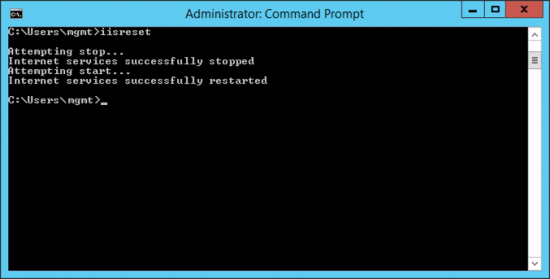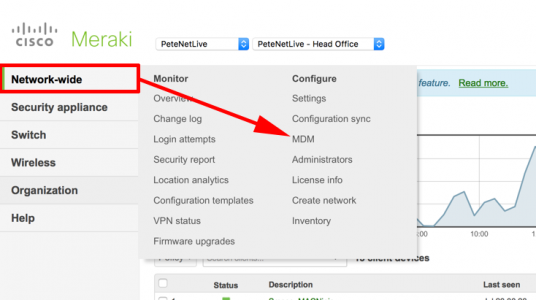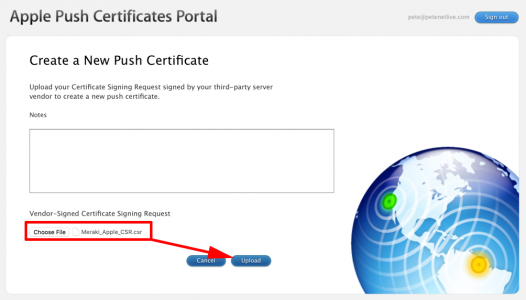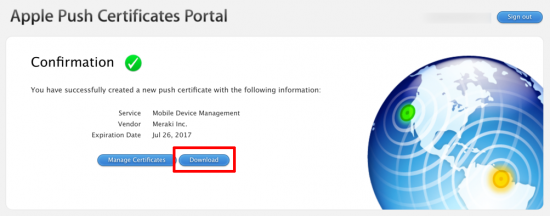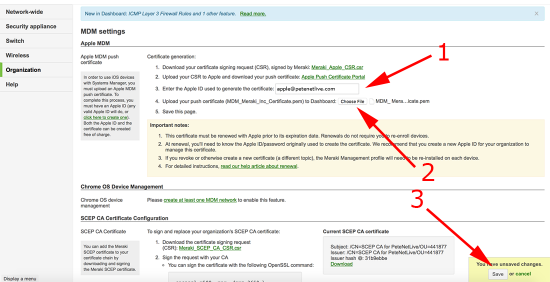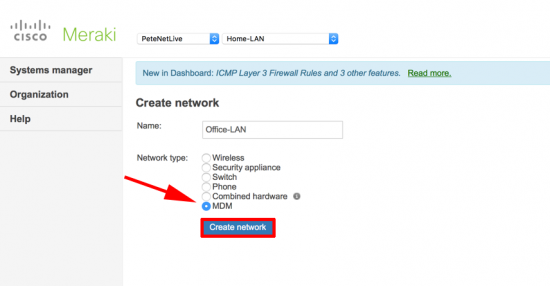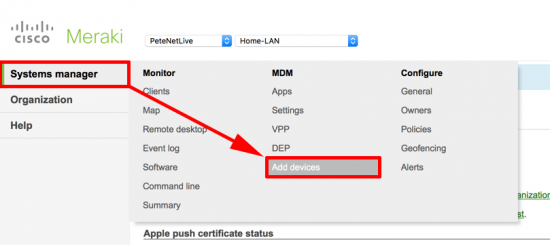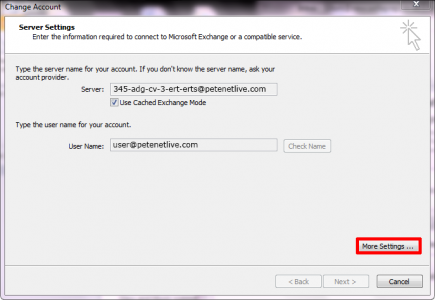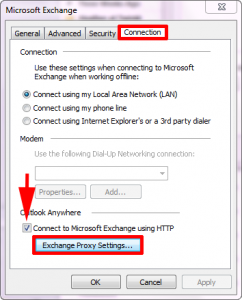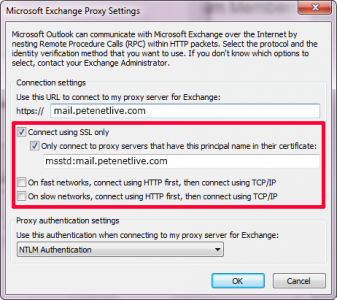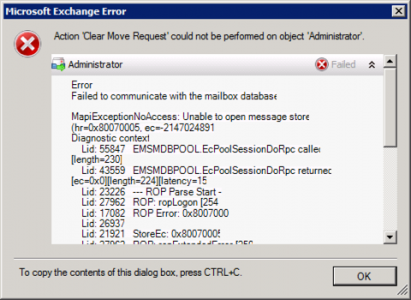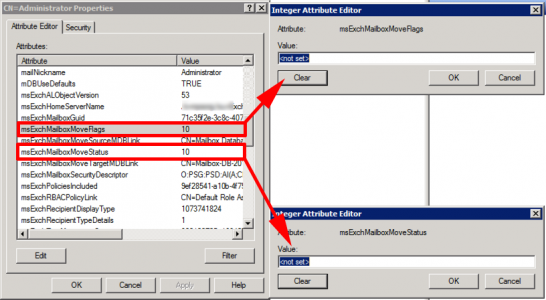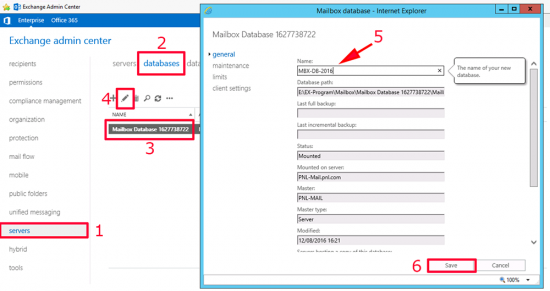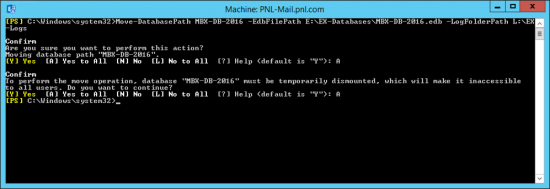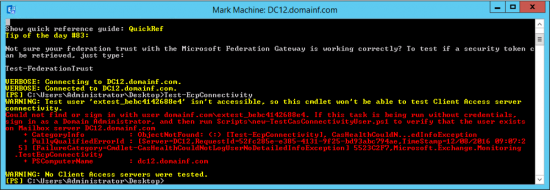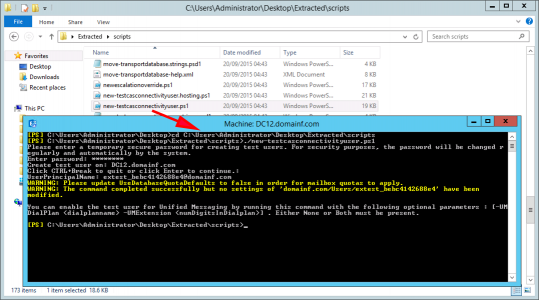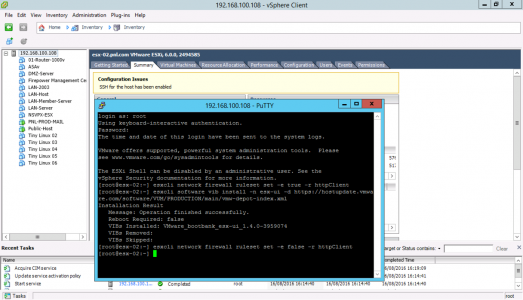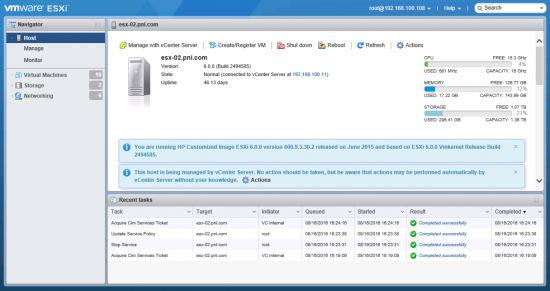KB ID 0001220 Dtd 19/07/16
Problem
Last week I was having problems getting a VPN up from a client's Cisco ASA into Azure. This was because the Azure estate was using 'route-based' or a 'dynamic routing VPN'. See the following article;
Azure to Cisco VPN – ‘Failed to allocate PSH from platform’
So the firewall was a non-starter, but Cisco ISR routers are supported, and they can handle virtual tunnel interfaces (VTI's). So I used a Cisco ISR 1921 router, sat that beside the firewall, and gave that a public IP. Note: I did have to route the traffic to Azure, to use this router instead of the firewall but that's easy.
Now we just need to get the VPN Tunnel up.
![Cisco Router to Azure VPN]()
Solution
OK, before you get started your router needs to be able to support crypto/VPN's. That means you should be running a 'security' license (show license should say you have a securityk9 licence installed and running, or K8 if you live in North Korea, or 1986). If you don't, the router will not recognise any of the crypto commands.
Log into the router and create an ACL to allow the traffic from your local LAN, to the Azure LAN.
Petes-ISR#conf terminal
Enter configuration commands, one per line. End with CNTL/Z.
Petes-ISR(config)#access-list 101 permit ip 192.168.100.0 0.0.0.255 10.0.0.0 0.0.0.255
To establish 'Phase 1' of the VPN tunnel we need an IKE proposal. Note I'm using IKEv2, that is a requirement for route-based, or dynamic routing from Azure.
Petes-ISR(config)#crypto ikev2 proposal IKE-PROP-AZURE
IKEv2 proposal should have atleast an encryption algorithm, an integrity algorithm and a dh group configured
Petes-ISR(config-ikev2-proposal)# encryption aes-cbc-256 aes-cbc-128 3des
Petes-ISR(config-ikev2-proposal)# integrity sha1
Petes-ISR(config-ikev2-proposal)# group 2
Petes-ISR(config-ikev2-proposal)# exit
Then add the proposal we created above to an IKEv2 Policy, (Note: a policy can have multiple proposals).
Petes-ISR(config)#crypto ikev2 policy IKE-POLICY-AZURE
IKEv2 policy should have atleast one complete proposal attached
Petes-ISR(config-ikev2-policy)# proposal IKE-PROP-AZURE
Petes-ISR(config-ikev2-policy)# exit
Create a keyring, (in IKEv2 you can have multiple keys), and specify your VPN pre shared key, (PSK or shared secret).
Petes-ISR(config)#crypto ikev2 keyring KEYRING-AZURE
Petes-ISR(config-ikev2-keyring)# peer 40.113.16.195
Petes-ISR(config-ikev2-keyring-peer)# address 40.113.16.195
Petes-ISR(config-ikev2-keyring-peer)# pre-shared-key 1234567890asdfg
Petes-ISR(config-ikev2-keyring-peer)# exit
Petes-ISR(config-ikev2-keyring)# exit
Now all the 'Phase 1' settings get tied together in a Phase 1 profile. (Note: GigabitEthernet0/0 is the public facing port, yours may be different).
Petes-ISR(config)#crypto ikev2 profile PROFILE-PH1-AZURE
% IKEv2 profile MUST have match identity or match certificate statements
Petes-ISR(config-ikev2-profile)# match address local interface GigabitEthernet0/0
Petes-ISR(config-ikev2-profile)# match identity remote address 40.113.16.195 255.255.255.255
Petes-ISR(config-ikev2-profile)# authentication remote pre-share
Petes-ISR(config-ikev2-profile)# authentication local pre-share
Petes-ISR(config-ikev2-profile)# keyring KEYRING-AZURE
Petes-ISR(config-ikev2-profile)# exit
For 'Phase 2' (IPSEC) you create a 'transform set'.
Petes-ISR(config)#crypto ipsec transform-set TRANSFORM-AZURE esp-aes 256 esp-sha-hmac
Petes-ISR(cfg-crypto-trans)# mode tunnel
Petes-ISR(cfg-crypto-trans)# exit
Then you tie all the 'Phase 2' settings together with a 'Phase 2' profile, and link that back to the 'Phase 1' profile.
Petes-ISR(config)#crypto ipsec profile PROFILE-PH2-AZURE
Petes-ISR(ipsec-profile)# set transform-set TRANSFORM-AZURE
Petes-ISR(ipsec-profile)# set ikev2-profile PROFILE-PH1-AZURE
Petes-ISR(ipsec-profile)# exit
You then need to create a tunnel, that will use all these settings.
Note: Yes you can use 169.254.x.x (I know it's an APIPA address, but it will work fine).
Petes-ISR(config)#int tunnel 1
Petes-ISR(config-if)# ip address 169.254.0.1 255.255.255.0
Petes-ISR(config-if)# ip tcp adjust-mss 1350
Petes-ISR(config-if)# tunnel source GigabitEthernet0/0
Petes-ISR(config-if)# tunnel mode ipsec ipv4
Petes-ISR(config-if)# tunnel destination 40.113.16.195
Petes-ISR(config-if)# tunnel protection ipsec profile PROFILE-PH2-AZURE
Petes-ISR(config-if)# exit
Finally the router needs to 'know' that traffic destined for Azure is sent down the VPN tunnel.
Petes-ISR(config)#ip route 10.0.0.0 255.255.255.0 tunnel 1
Do I Need To Worry About NAT?
No, (even if you are doing NAT Overload). Unlike an IPSEC VPN on a firewall you do not need to exempt the traffic for the VPN, from NAT translation. That's because it leaves the router through the tunnel interface and not the public facing interface.
Below are all the commands you can copy and paste and change accordingly;
Assumptions
192.168.100.0/24 is behind the router
10.0.0.0/16 is the Azure network
40.113.16.195 is the Azure Gateway IP
1234567890asdfg is the pre shared key
GigabitEthernet0/0 is the ‘public facing interface on the router’
!
access-list 101 permit ip 192.168.100.0 0.0.0.255 10.0.0.0 0.0.0.255
!
crypto ikev2 proposal IKE-PROP-AZURE
encryption aes-cbc-256 aes-cbc-128 3des
integrity sha1
group 2
exit
!
crypto ikev2 policy IKE-POLICY-AZURE
proposal IKE-PROP-AZURE
exit
!
crypto ikev2 keyring KEYRING-AZURE
peer 40.113.16.195
address 40.113.16.195
pre-shared-key 1234567890asdfg
exit
exit
!
crypto ikev2 profile PROFILE-PH1-AZURE
match address local interface GigabitEthernet0/0
match identity remote address 40.113.16.195 255.255.255.255
authentication remote pre-share
authentication local pre-share
keyring KEYRING-AZURE
exit
!
crypto ipsec transform-set TRANSFORM-AZURE esp-aes 256 esp-sha-hmac
mode tunnel
exit
!
crypto ipsec profile PROFILE-PH2-AZURE
set transform-set TRANSFORM-AZURE
set ikev2-profile PROFILE-PH1-AZURE
exit
!
int tunnel 1
ip address 169.254.0.1 255.255.255.0
ip tcp adjust-mss 1350
tunnel source GigabitEthernet0/0
tunnel mode ipsec ipv4
tunnel destination 40.113.16.195
tunnel protection ipsec profile PROFILE-PH2-AZURE
exit
!
ip route 10.0.0.0 255.255.255.0 tunnel 1
Related Articles, References, Credits, or External Links
Microsoft Azure To Cisco ASA Site to Site VPN
